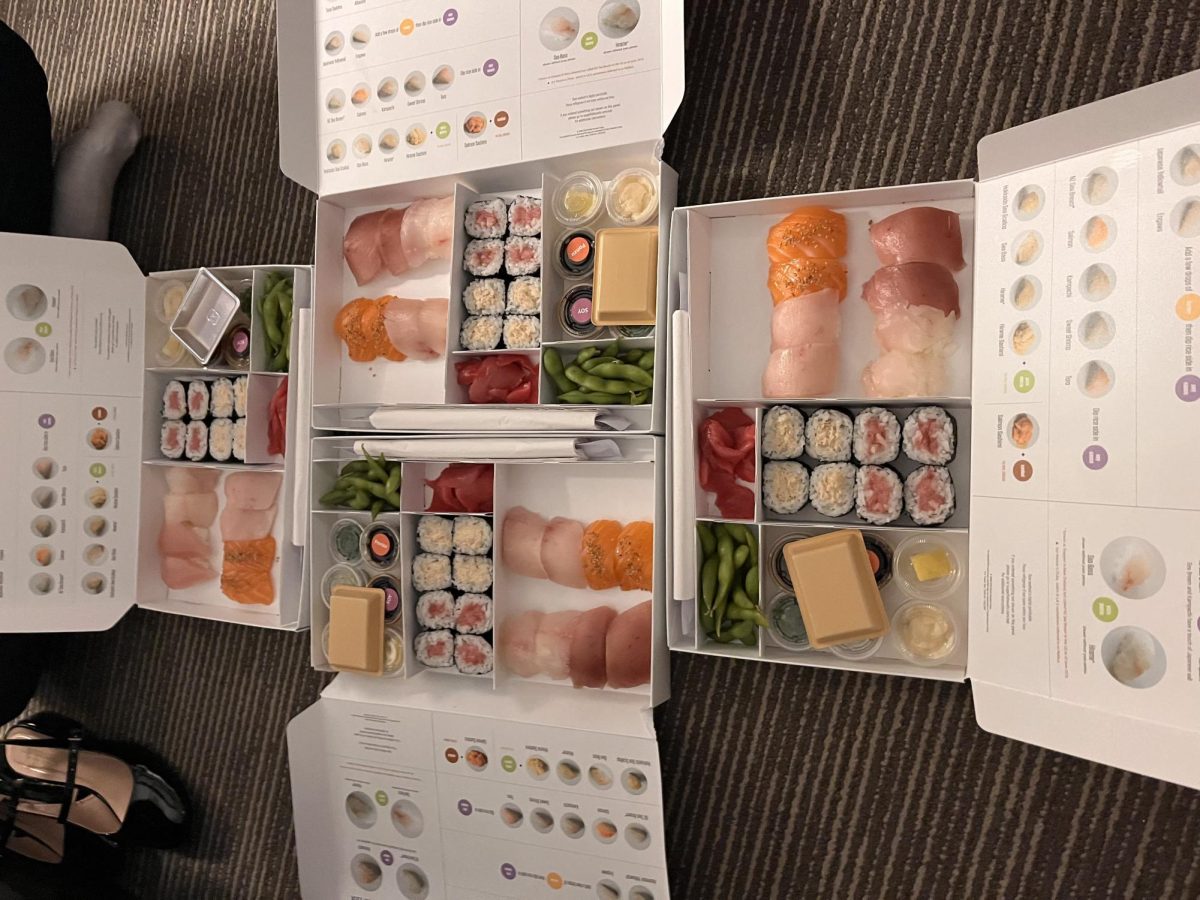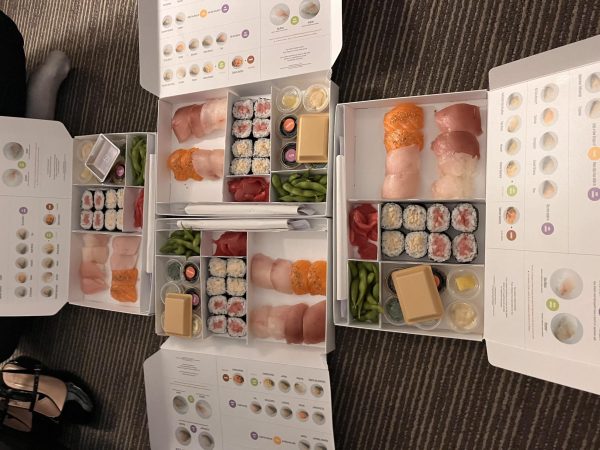America’s Flawed Test-Taking System
Almost every student across the US has gone through the stress of taking a standardized test, but are they truly beneficial? Schools should be a place for creativity and learning, not stress.
High-stake testing is frequent in the American school year, with the pressure of getting a good enough score. This system puts too much stress and anxiety on students, leading to 16-20% of US highschool students to have high test anxiety and another 18% with moderate testing anxiety. Test anxiety takes a toll on students test performance and can also lead to worse issues like depression. It can also have an impact on overall academic performance and lack of motivation and engagement in the classroom.
Excessive testing in the US is out of hand: While tests are valuable measure ones performance, they happen too often. From pre-k to grade 12, the average student takes 112 standardized tests, but many school districts enforce more than that, including at AHS, with the use of STAR. If a student is getting perfect scores on in-class assignments, homework, and understands what they are being taught, but a bad score on a test tanks their confidence, increases stress and pressure, how is that beneficial?
This way of test taking teaches students to focus more on the scores they are getting, rather than actually learning the material. Many students have developed ways of studying for tests that help them memorize what they need to in order to score high on their test. But this memorization will eventually fade and they will not remember the material in the future.
Other countries have different ways of approaching how they measure students understanding and performance. For example, Finland is known for its high-ranked education system, where students only take one big test throughout their pre-k to highschool years. Although this may seem stressful to have one test determine your future and performance, this test is not like an American Standardized test.
The test that most Finland students take is called the National Matriculation Examination. Finland students are given the option to choose three things to test on from a range of subjects and are required to take one in their language. This test is graded by teachers rather than computers and in most places, the questions challenge students to real world problems like violence, political issues, drugs, food, etc. With these questions, the students are able to show their ability to cope with real world issues and survive outside of highschool.
Instead of using semester and unit tests, like in the US, teachers in Finland are given general assessment guidelines and they assess the students themselves throughout the year. They also encourage students to have good self-assessment abilities to track their own progress and performance. By doing this, they are setting their students up for life outside of school and giving them the right materials to succeed however they choose to.
American test taking comes with stress, pressure, decrease in confidence and decrease in academic performance. Even though it does have some benefits, do they outweigh the costs and the well-being of students?





















